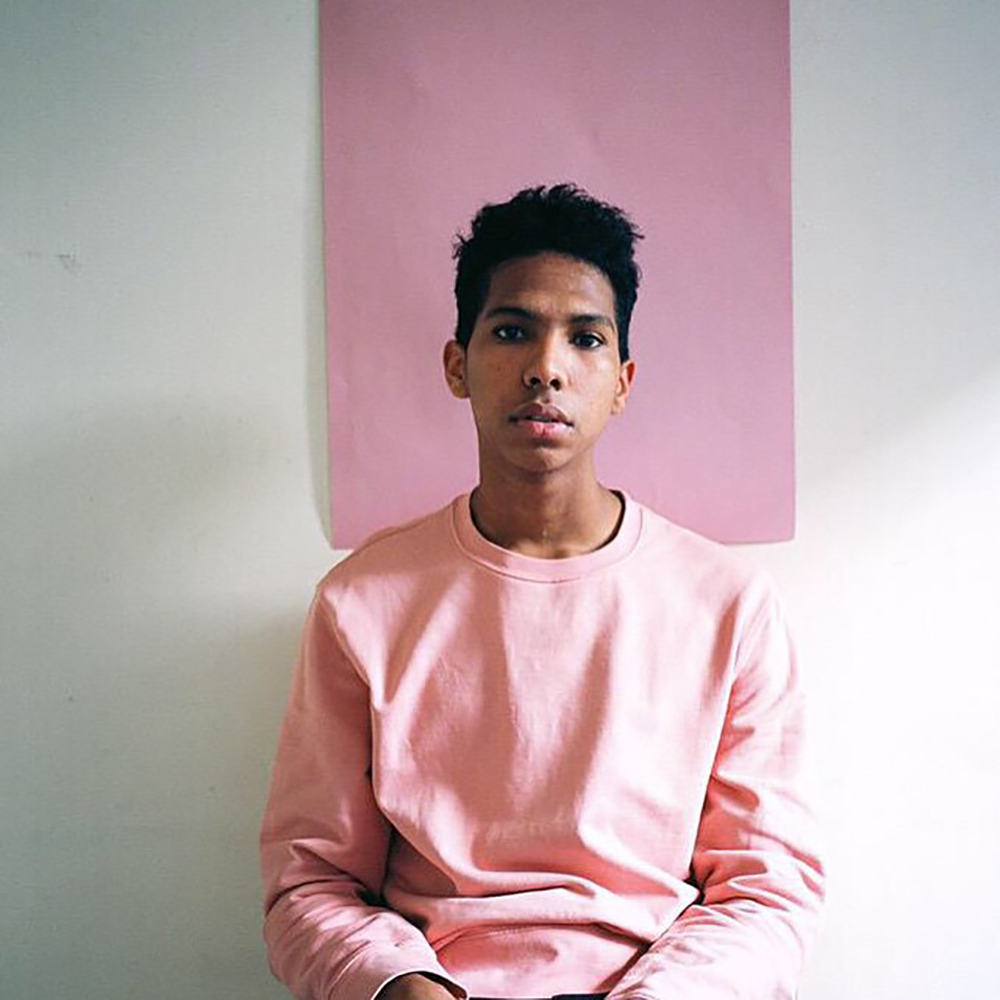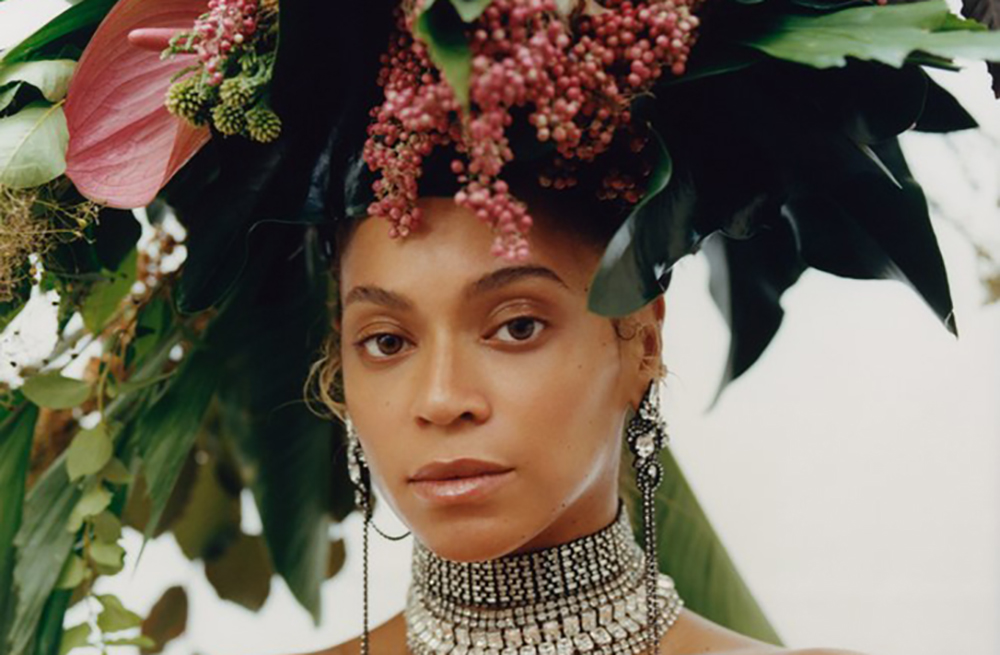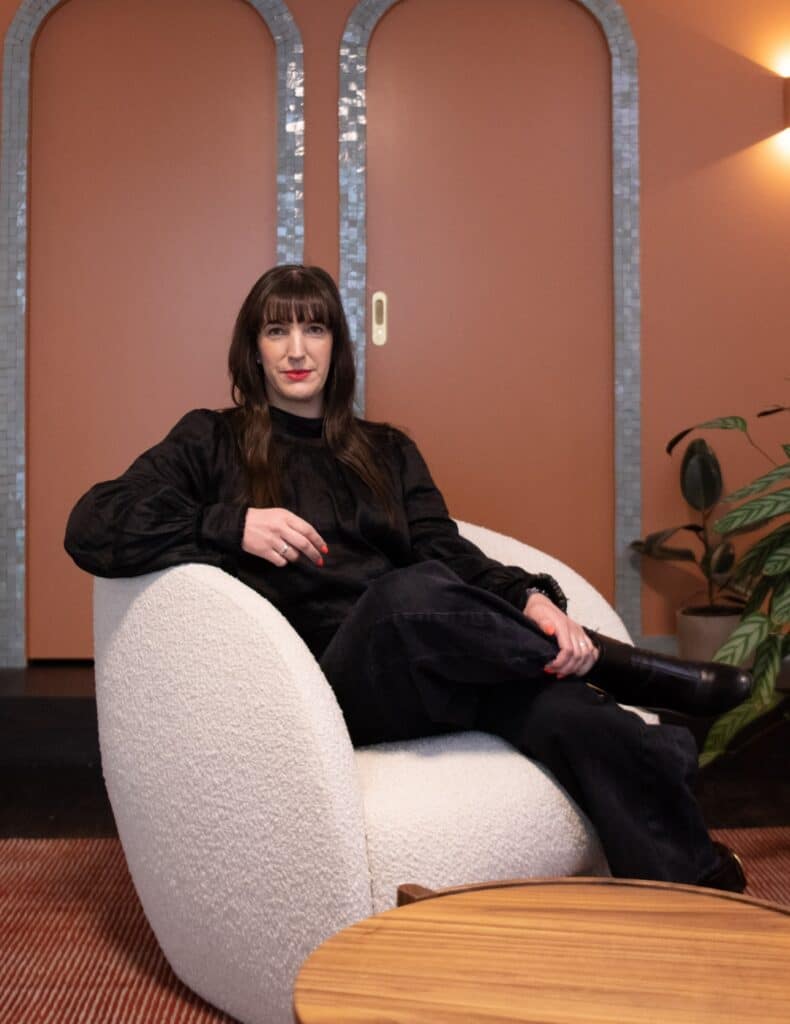
No-one knows how to make history – and send a message – quite like Beyoncé
When Beyoncé collaborated with Jay-Z for her 2003 smash hit, Crazy In Love, her future husband rapped, or rather prophesied with the words: “history in the making”. That was 15 years ago, and ever since, Beyoncé has done nothing but make history with her career.
She is the first artist to have her first six albums debut at number one on the American Billboard charts, the most nominated woman in Grammy history and has won the most MTV video music awards. While those accolades are impressive, we can’t forget that the powerhouse singer is the highest paid black music artist in history and 2018 saw her become the first black woman to headline Coachella. The truth is, her list of record-breaking achievements feels endless and her second appearance in Vogue’s September issue (and fourth Vogue cover), isn’t just history in the making for her – it is history in the making for Vogue.
When Vogue announced that Beyoncé would grace the cover of its most important issue of the year, everyone waited in anticipation to see exactly how the Texan born superstar would make her mark on the issue – after all, she was given unprecedented creative control. So when the singer was given a list of photographers to choose from for her cover shoot, she picked 23-year-old African American Tyler Mitchell making him the first black photographer to photograph a Vogue cover shoot in the publication’s 126-year history. Much has been said about the significance of the move – and it is huge.
But the release of the photos and personal essays written by Beyoncé in the issue also show that her appearance in this issue of Vogue is both historic and iconic not just because of her choice of photographer, but because once again, Beyoncé embraces her race and gender, sending a huge message in the process.

Beyoncé is no stranger to Vogue covers as she has graced the magazine a three times before. Previously she has been styled with straight hair extensions and makeup that wouldn’t look out of place on any high-end fashion runway. Yet, with this shoot, the 37-year-old did things differently. In one of her eight personal essays that accompanied the shoot, she wrote: “I think it’s important for women and men to see and appreciate the beauty in their natural bodies. That’s why I stripped away the wigs and hair extensions and used little makeup for this shoot.”
The singer used her creative control to pull away from the usual beauty standards that most women are held to when they appear on Vogue front covers; beauty standards that reflect the image of white women.
Beyoncé uses her star power to disrupt archaic beauty standards that tell black women and women of colour that unless they emulate the beauty of white women with straight hair extensions, wigs and contoured features, then they aren’t worthy to be seen on the cover of Vogue.
We can’t ignore the fact that Beyoncé’s lighter skin and looser curl pattern does make her a black woman that is seen as the acceptable face of black womanhood. It’s no secret that the black women who are more likely to grace magazine covers have visible white ancestry. For example, earlier this year, Zendaya admitted that she is “Hollywood’s acceptable version of a black girl,” as a lighter skinned black woman.
“I think it’s important for women and men to see and appreciate the beauty in their natural bodies. That’s why I stripped away the wigs and hair extensions and used little makeup for this shoot.”
But even lighter-skinned black women like Beyoncé are forced to submit to white beauty standards by covering or changing their natural afro hair texture, or by embracing makeup techniques that make their facial features smaller and slimmer. And Beyoncé’s decision to actively depart from this usual image of femininity is a landmark moment sending a message to black women that it’s more than fine to ignore the impossible pressures of a beauty industry that puts white women on a pedestal.
There are other ways Beyoncé celebrates her black femininity in the shoot – for example with the extravagant floral headpieces she wears throughout the shoot. Yes, they could simply be a style choice, but they could also be a nod to African heritage and culture. In Nigerian culture, women of the Yoruba and Igbo ethnicities often wear extravagant material headpieces in times of celebration. The idea that Beyonce may have used this style choice to pay homage to African culture for the shoot, isn’t that far-fetched when you consider she threw an African inspired baby shower to celebrate the pregnancy of her twins Rumi and Sir.

And in her 2017 Grammy performance, she took inspiration from the Yoruba goddess of fertility Osun by wearing a gold beaded dress and halo crown. Even in her 2016 Hold Up video, the entertainer is seen emerging from water wearing a yellow dress referencing the common visual depictions of the Osun goddess.
In another personal essay she wrote for the magazine, Beyoncé touches on the theme of ancestry. The star reveals that her ancestors include a slave owner who fell in love with a slave. She admits that the information raised questions for her and she had to put that revelation into “perspective.” Often black stories are often told by white people. It is often white scholars who write the textbooks that educate us on black history, but here, Beyoncé is taking charge of her story, her identity and family history and re-telling it on her own terms when she pleases – which is infinitely powerful.
Beyoncé is constantly making history. Whether she’s using her power to highlight black culture as seen with Lemonade, the choice to film her Apeshit video with Jay Z in the Lourve surrounded by black dancers or by turning her two long Coachella show into a black college performance complete with a marching band, steppers, majorettes and outfits embroidered with sorority logos. And this is because she understands that when the opportunity arises that she must highlight the nuances of blackness and cultural impact black people have on society.
WATCH: Beyoncé opens up about body positivity
While representation is getting better, black people, especially black women are still fighting to be seen and heard as much as their white counterparts. Seeing four prestigious magazine covers featuring four black women (Beyoncé, Rihanna, Lupita Nyong’o and Zendaya) felt like a moment because it has never been the norm. It is why so many people are elated but also astounded that it took Vogue over a century to hire a black photographer for their cover shoot.
In conclusion
Beyoncé knows when the eyes of the world will be on her and she makes the most of that opportunity to show the world difference facets of black womanhood. So often the world tells black women how they should be (strong black women), how they should act (let’s pretend like traumatic events like slavery and racism were merely a blip in history and have no impact on today’s black generations) and how they should look (submit to European beauty and fashion standards). With the September issue of American Vogue, Beyoncé does everything in her power to reverse this.
While we all delight in the visual splendour and rare insight into Beyoncé, make no mistake this wasn’t just a photoshoot, it was another conscious act of challenging and celebrating the perceptions of black womanhood.
Words: Tobu Oredein
Photos: ©Tyler Mitchell/Vogue
This article originally appeared in Grazia.










